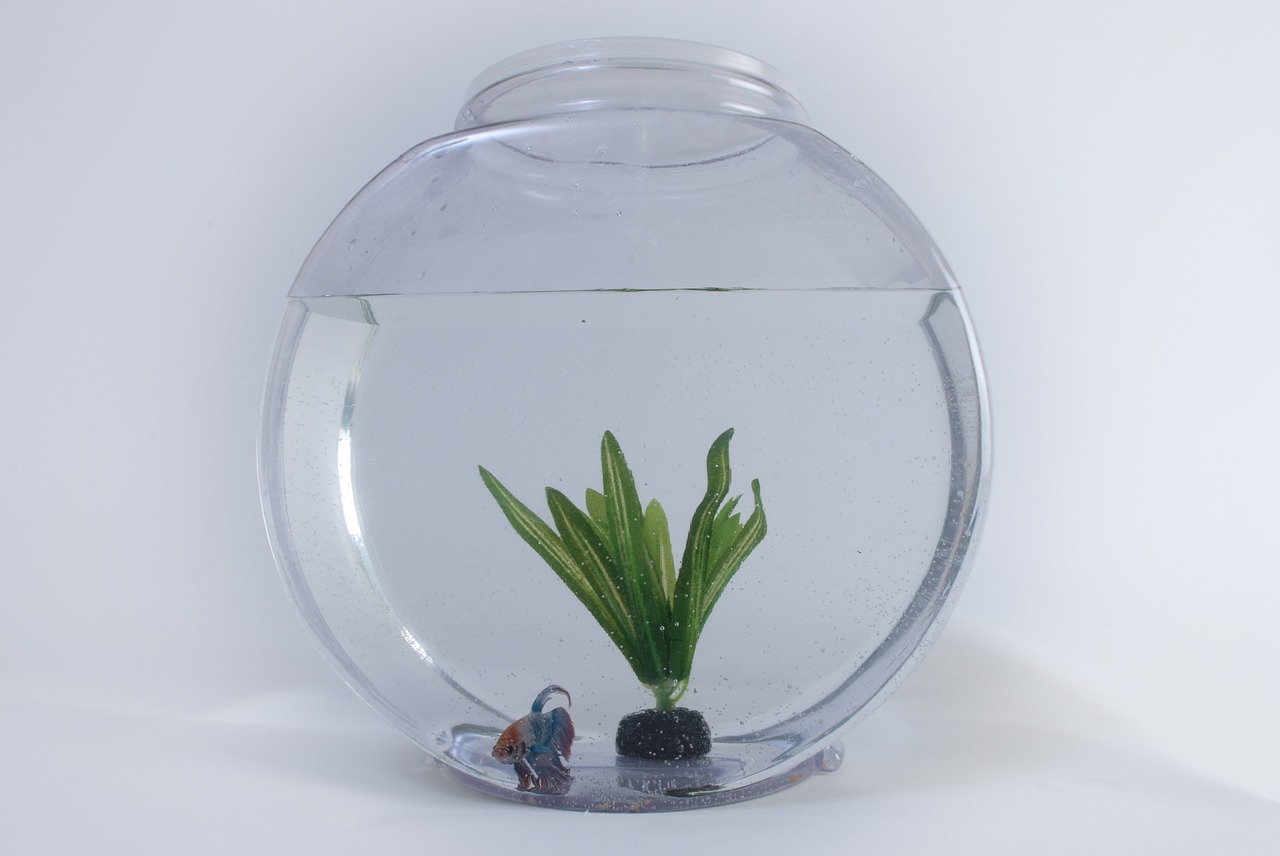
What Are The Most Expensive Aquarium Fish?
Having an aquarium doesn’t have to cost a lot of money. Sure, there’s the equipment, the fish and the general upkeep, but all of that can actually be quite affordable. If you’ve got expensive tastes and some cash to splash about, you may want to consider purchasing some fish with higher price tags. There are quite a few species that, for one reason or another, cost an arm and a leg. Here’s a look at some of the most expensive aquarium fish – you may well be surprised to find out just how much money some people will shell out for a fish!
Also, check more information about some of the best fish tanks ever built!
Masked Angelfish
We’ll start our list off with the masked angelfish. They prefer living in deep water environments and are mostly found in parts of northern Hawaii where fishing is prohibited. As it happens, some masked angelfish have found themselves in waters where fishing isn’t so strictly controlled and have ended up being moved into aquariums and being bred. This fish species is born female and eventually turns male. If you have a spare $16,000 to $25,000 lying around somewhere, you may be able to get a hold of one. However, this fish is very rare and, as with any other fish species, specialist care is re-quired and care should be taken when mixing it with other species.
Asian Arowana
A species of freshwater fish found in parts of southeast Asia, the Asian Arowana is known for its mul-tiple color schemes and is often called ‘dragonfish’. This species is a popular aquarium fish, though large tanks are required as the fish can grow up to 35 inches in length. The market for the Asian arowana is quite large and, believe it or not, some fish have been sold for over $100,000! This is because of the fish’s connections to Chinese culture, its aesthetically pleasing appearance and its role as a status symbol – many people purchase an Asian arowana to show off their wealth. Some people even go so far as having plastic surgery carried out on the fish to have their appearance en-hanced.
Bladefin Basslet
Even small fish can sell for thousands of dollars. The bladefin basslet is a good example. Found in the Caribbean, this white fish with red markings measures around 1.5 inches and lives at depths of around 500 feet or so. It’s so-called because of its white fin, which resembles a blade. It can sell for around $10,000 since it’s quite a rare fish and many people find its color pattern attractive. Despite its small size, if you have the money to get some, you should invest in a large tank – the bladefin basslet can be an aggressive species, so it needs plenty of space. Best not have fish being aggres-sive to one another, especially when they cost so much!
Peppermint Angelfish
Another angelfish to make it onto the list is the peppermint angelfish. This species lives in the waters around the Cook Islands, a country in the South Pacific Ocean made up of fifteen islands known for their many scuba-diving and snorkelling sites. What makes the peppermint angelfish rare is that they live at depths of up to 400 feet and inhabit places that are hard for divers to access, such as coral formations and rocky caves – acquiring them is quite the feat. Adults can grow up to about 2.5 inches and can sell for prices in excess of $5,000 per specimen. One very keen fish enthusiast even pur-chased a single peppermint angelfish for the staggering sum of $30,000.
Neptune Grouper
The adult Neptune grouper is known for having a pink colouration with yellow stripes, while younger ones have more of an orange/yellow colour pattern. This fish species has been known to sell for $6,000. There are two main factors that contribute to its high cost: its appearance and the fact that the fish is very hard to catch, with it living at depths of several hundred feet. Deep water fish tend to be rare in aquariums because extra special care is needed to bring them up to the surface. If divers are too quick, they and the fish can end up suffering from decompression sickness, which can be serious so it’s best avoided.
